Animals
-
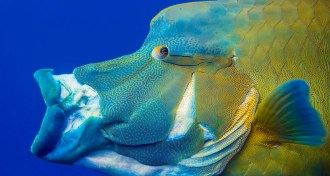 Animals
AnimalsFish have had telescoping jaws for 100 million years
Around 100 million years ago, fish developed a knack for extending their jaws to snare prey, and they’ve been perfecting this hunting technique ever since.
-
 Animals
AnimalsHow the giraffe got its long neck
A new study of fossils suggests that the giraffe’s defining feature may have started evolving long before modern giraffes came on the scene.
-
 Animals
AnimalsOldest pregnant horselike fossil found
A 48-million-year-old fossil of an early horse and fetus is the oldest and best-preserved specimen of its kind.
-
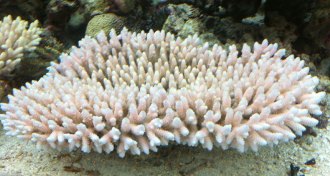 Animals
AnimalsNo eyes, no problem for color-sensing coral larvae
Switching colors of underwater light can switch preferences for where staghorn corals choose their forever homes.
By Susan Milius -
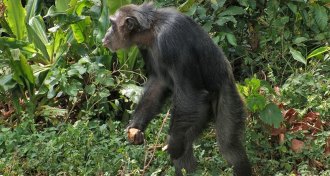 Humans
HumansChimpanzees show surprising flexibility on two feet
Chimpanzees’ upper-body flexibility while walking upright suggests ancient hominids walked effectively.
By Bruce Bower -
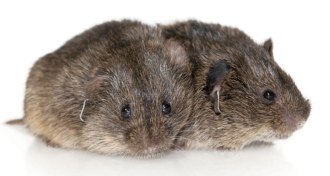 Animals
AnimalsWhat really changes when a male vole settles down
Bachelor prairie voles can’t tell one female from another, but saying “I do” means more than just settling down.
By Susan Milius -
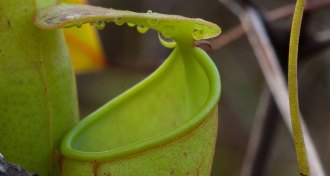 Plants
PlantsRaindrops help pitcher plants trap dinner
Pitcher plants use the force of falling raindrops to fling prey into their traps.
-
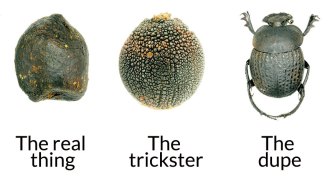 Plants
PlantsStinky seeds dupe dung beetles
Seeds that look and smell like animal poop can trick dung beetles into spreading and burying the seeds.
-
 Animals
AnimalsWhat happens to animals in a hurricane?
Hurricanes can be devastating to animals on land and in the sea, but they can also provide opportunities.
-
 Animals
AnimalsThis may be the world’s tiniest snail
Tiny snail unearthed in China could be the world's smallest, researchers report.
-
 Animals
AnimalsSome seabirds will be hit hard by sea level rise
Seabird species that nest on low-lying islands in stormy winter months could see huge losses as sea levels rise, a new study finds.
-
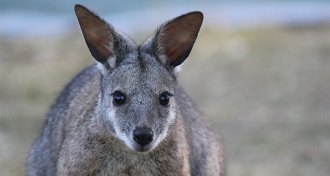 Animals
AnimalsLights at night trick wild wallabies into breeding late
Artificial lighting is driving wild tammar wallabies to breed out of sync with peak season for food
By Susan Milius